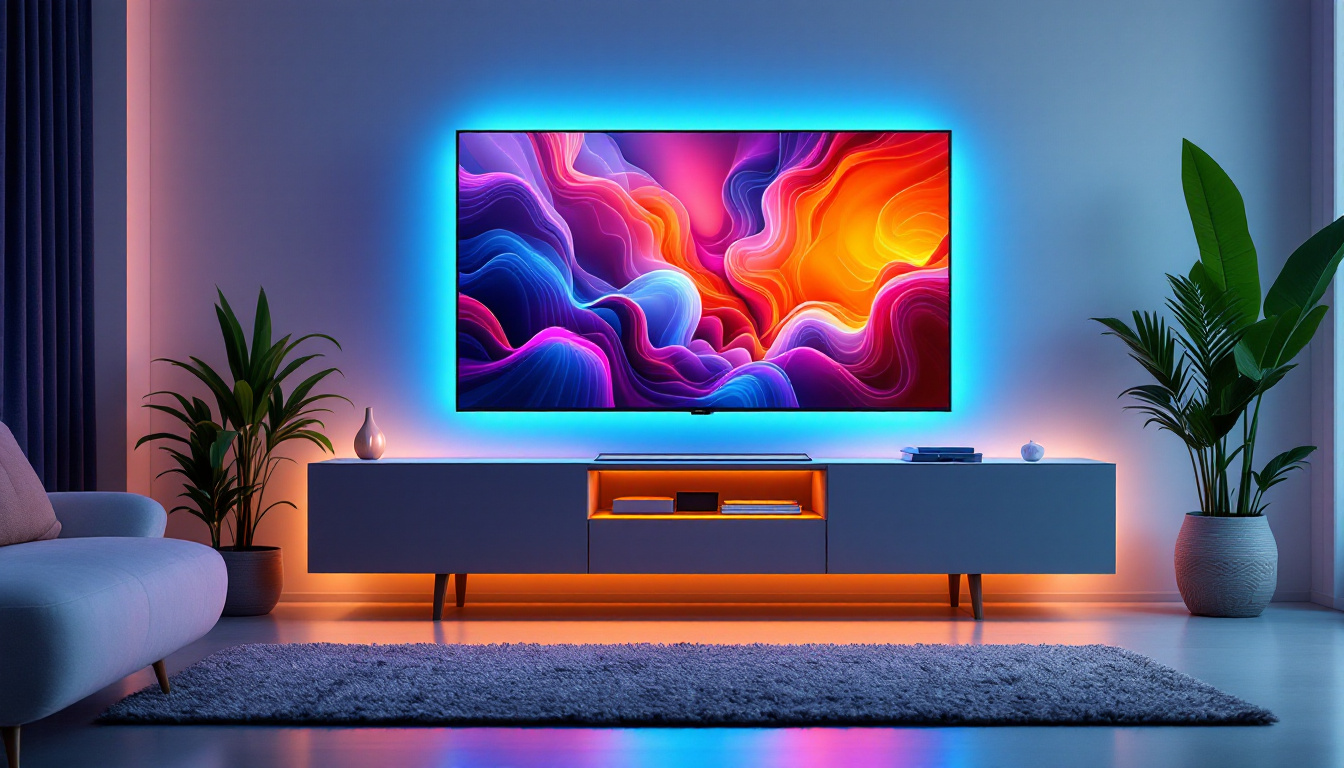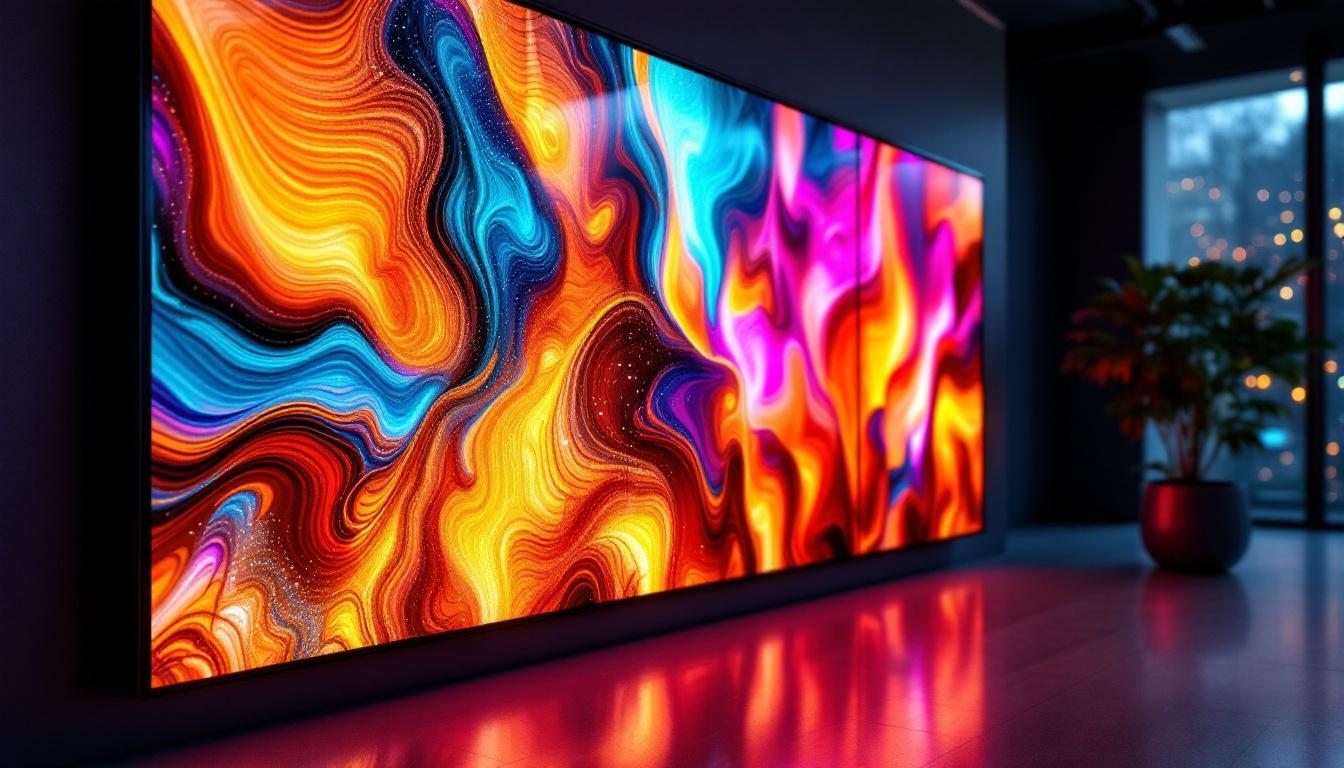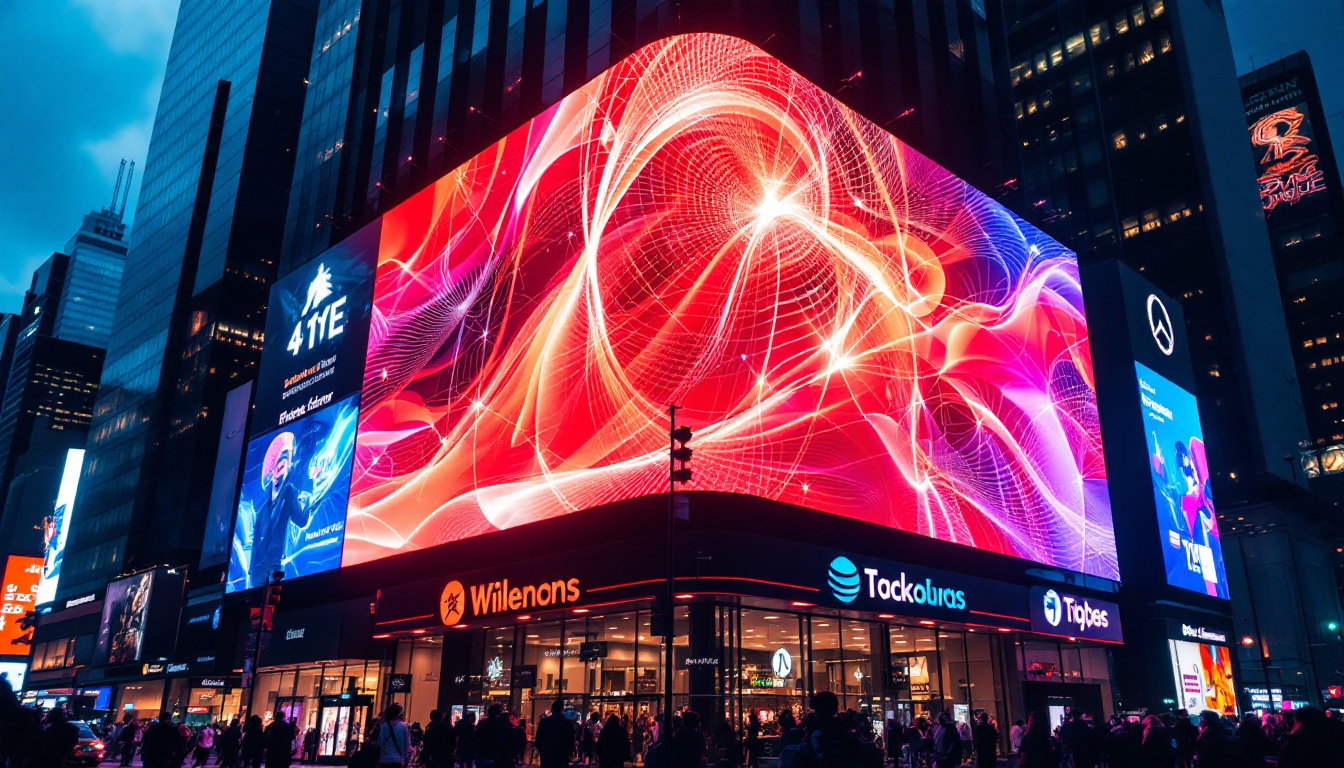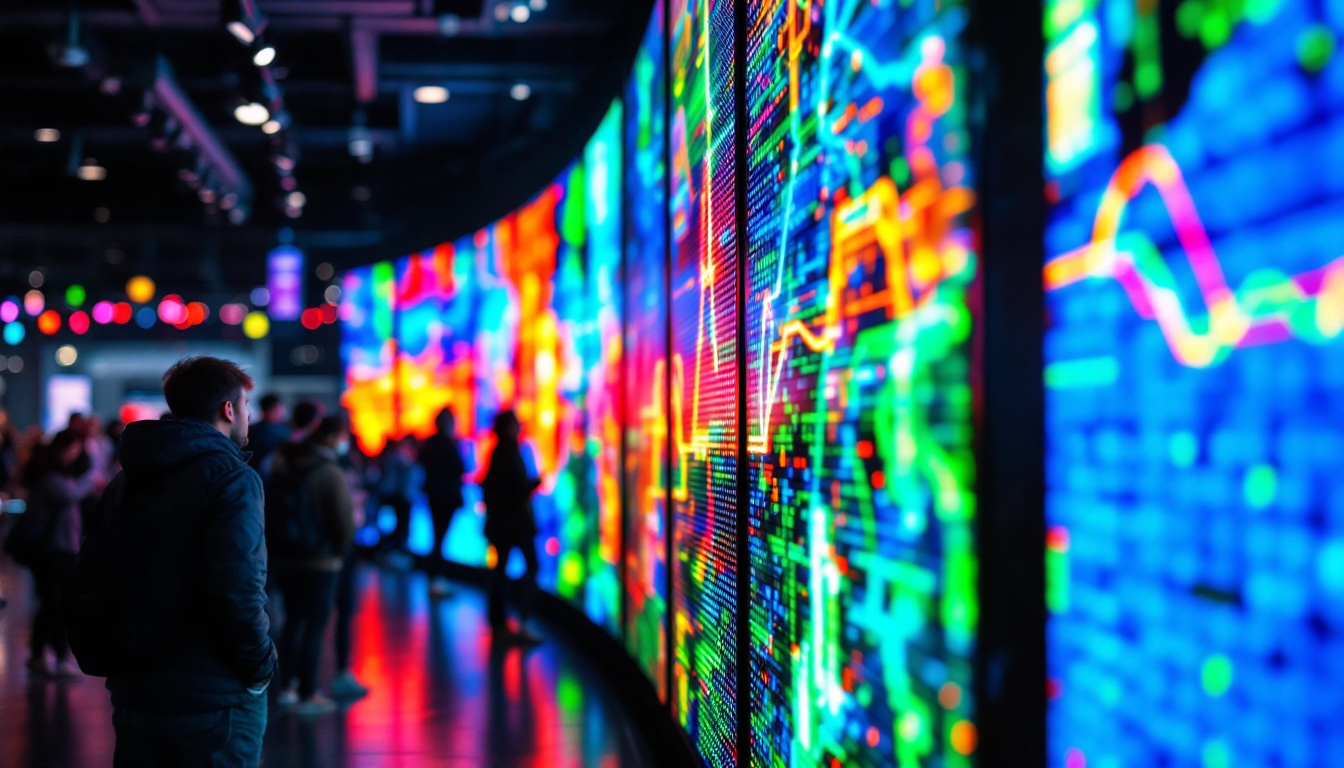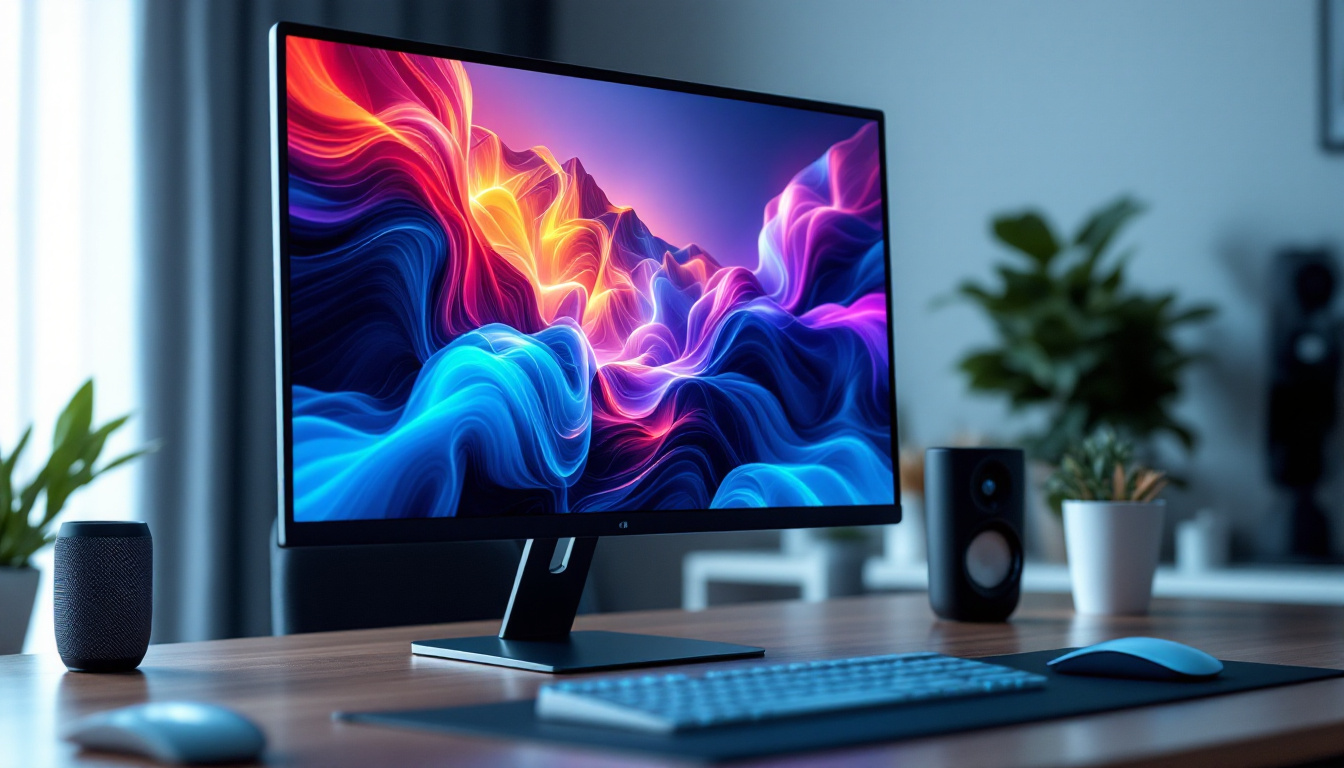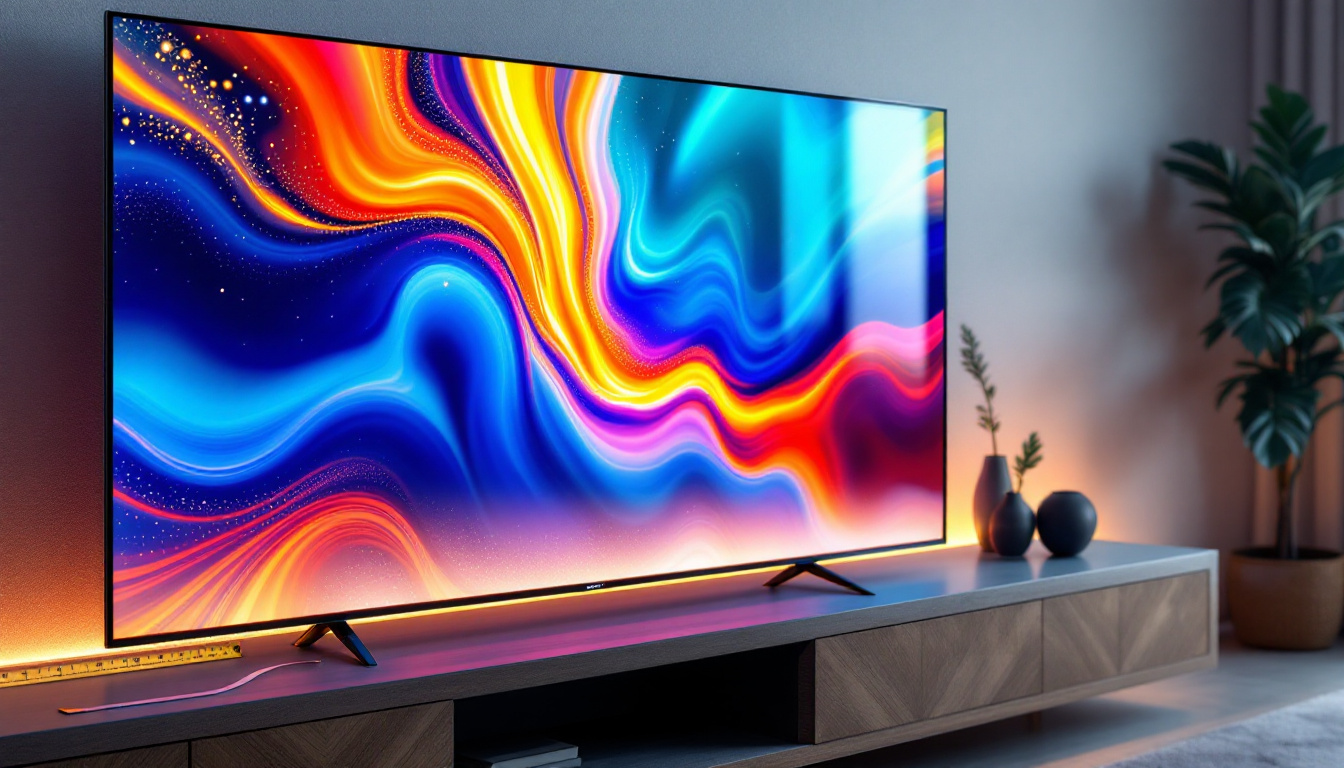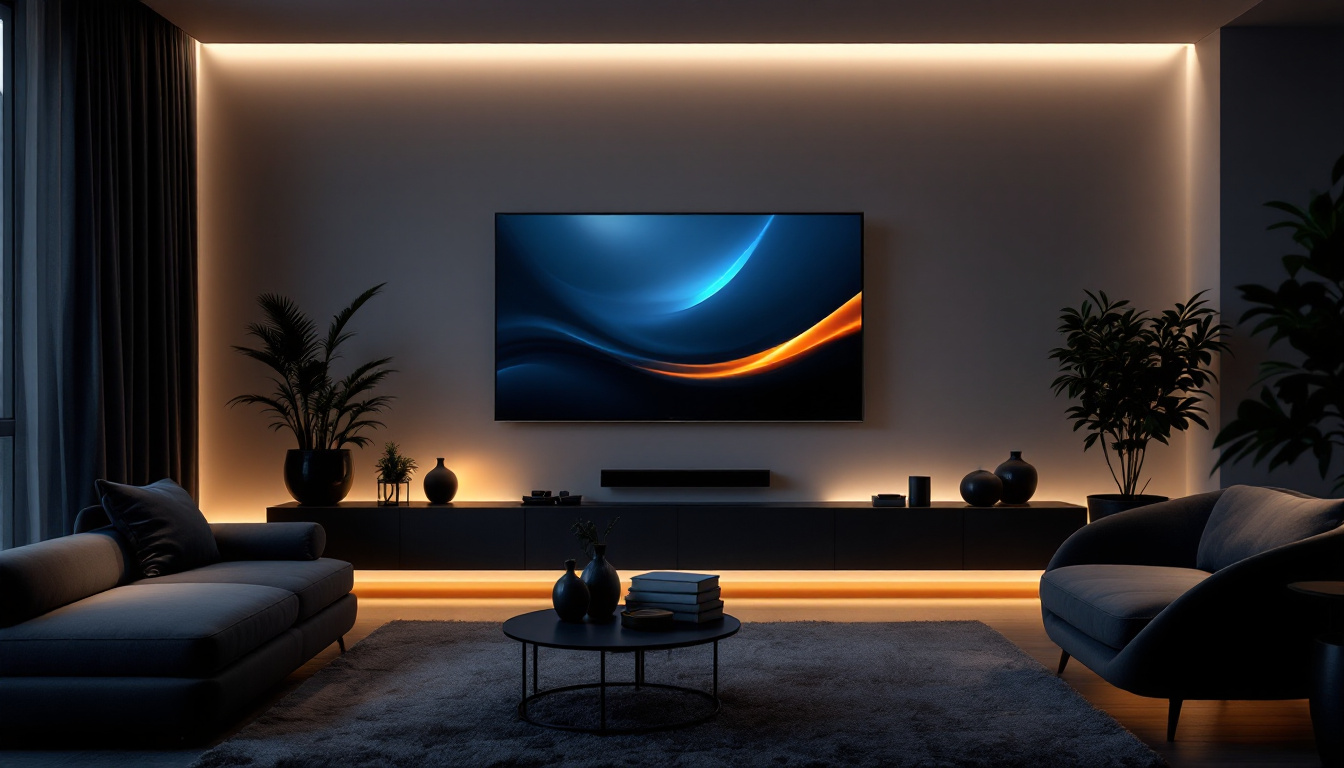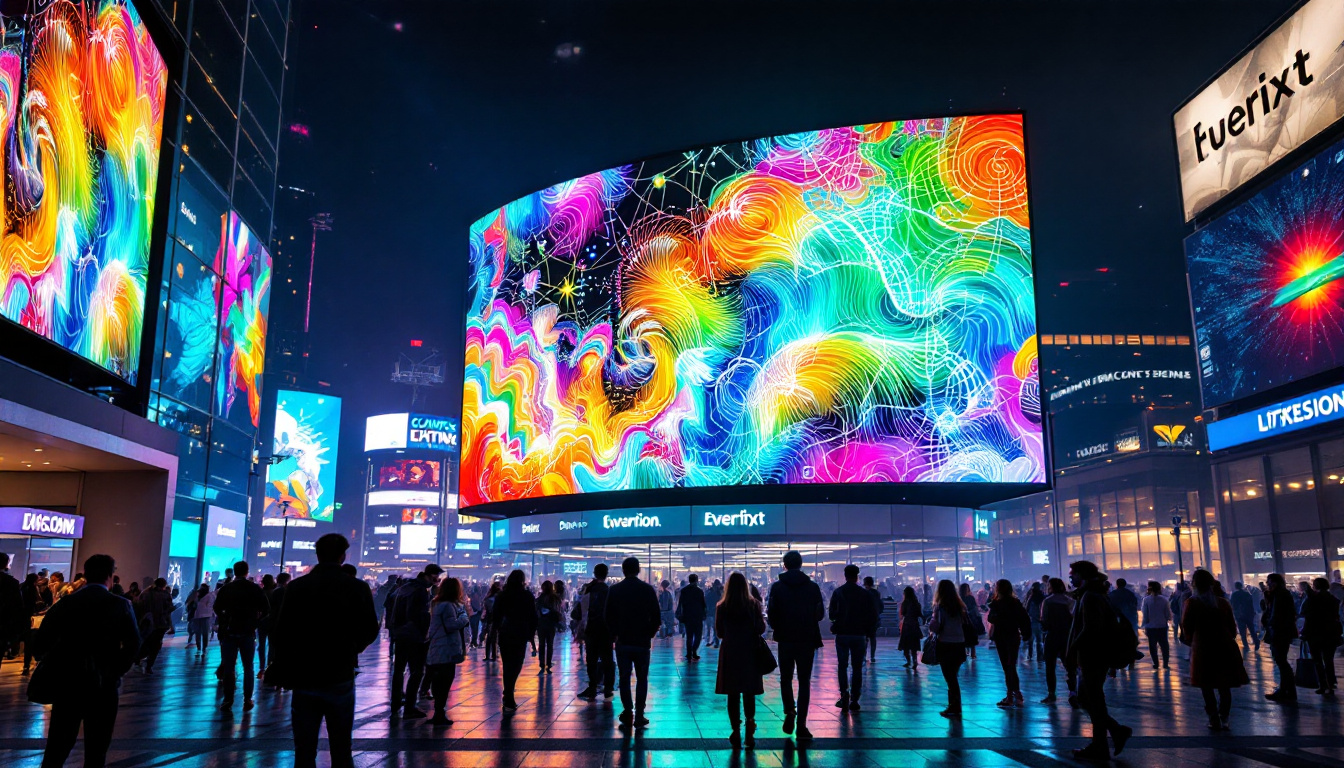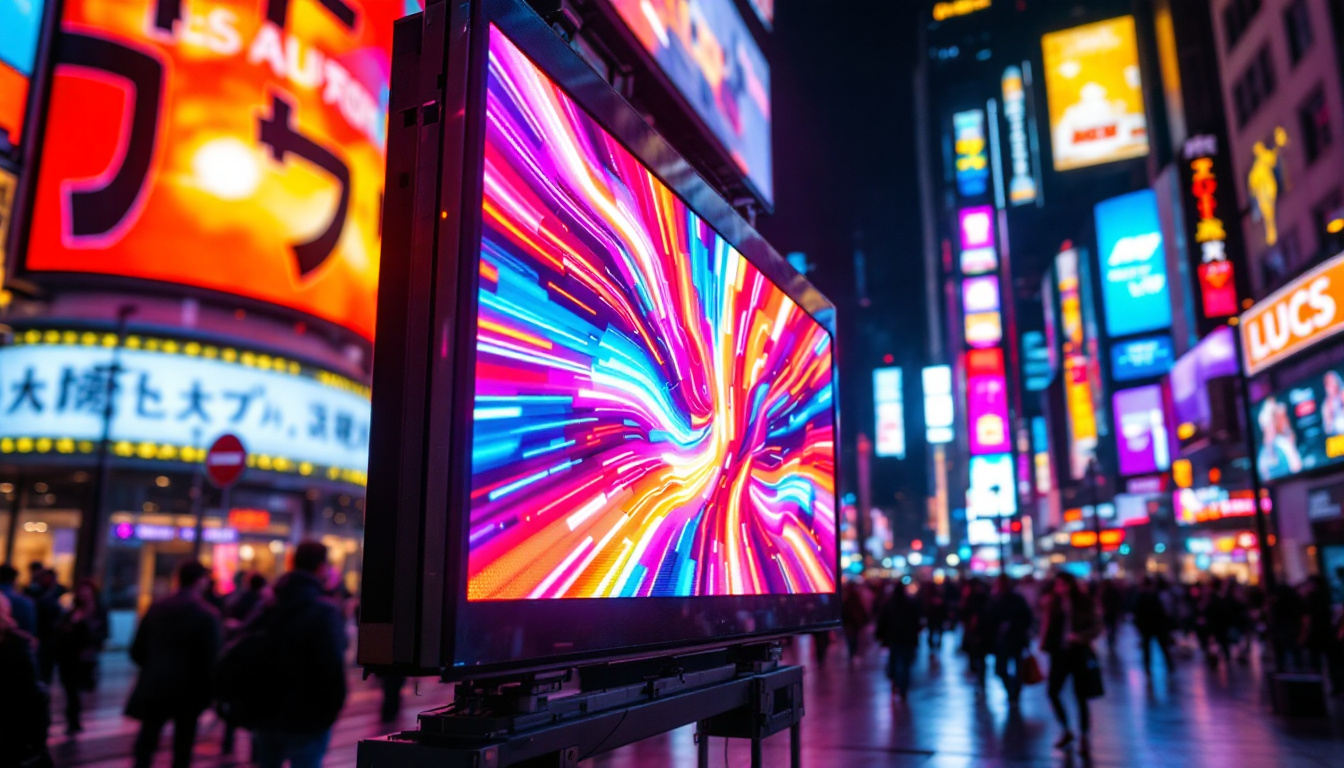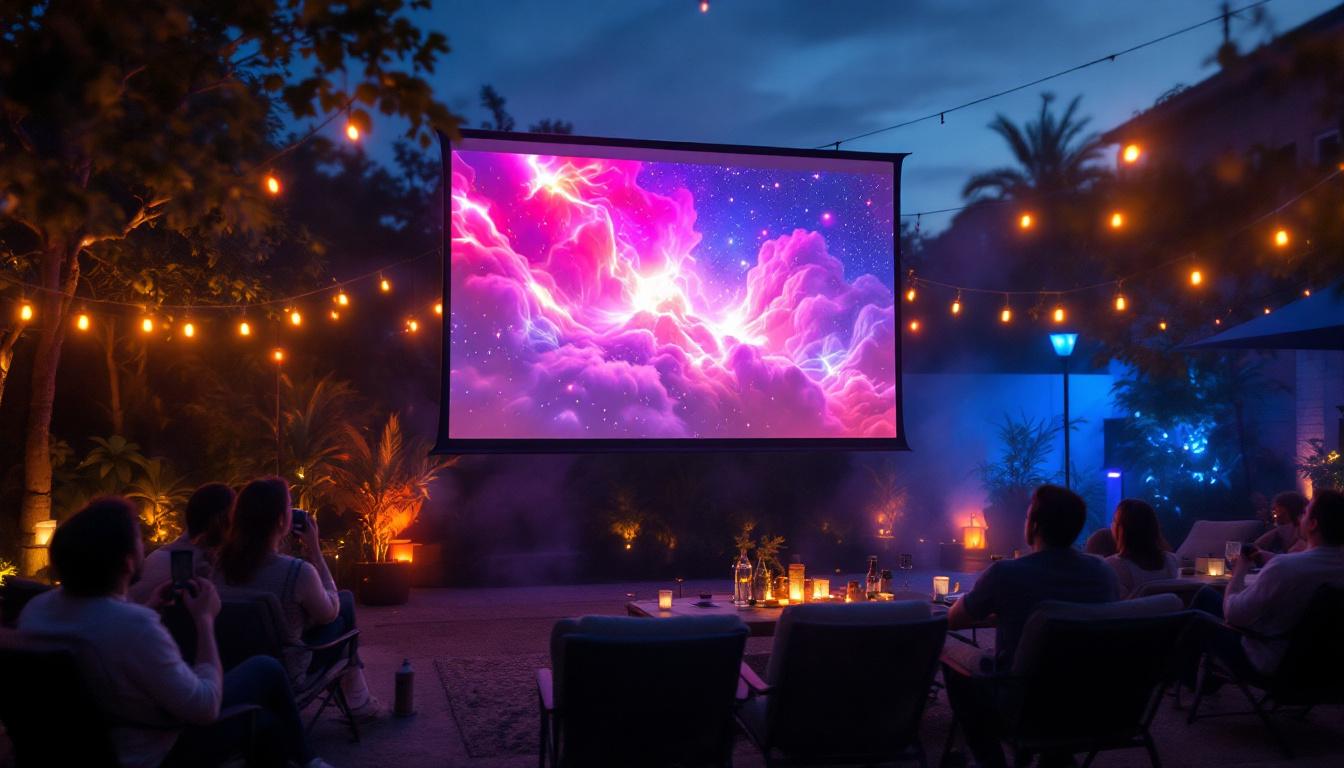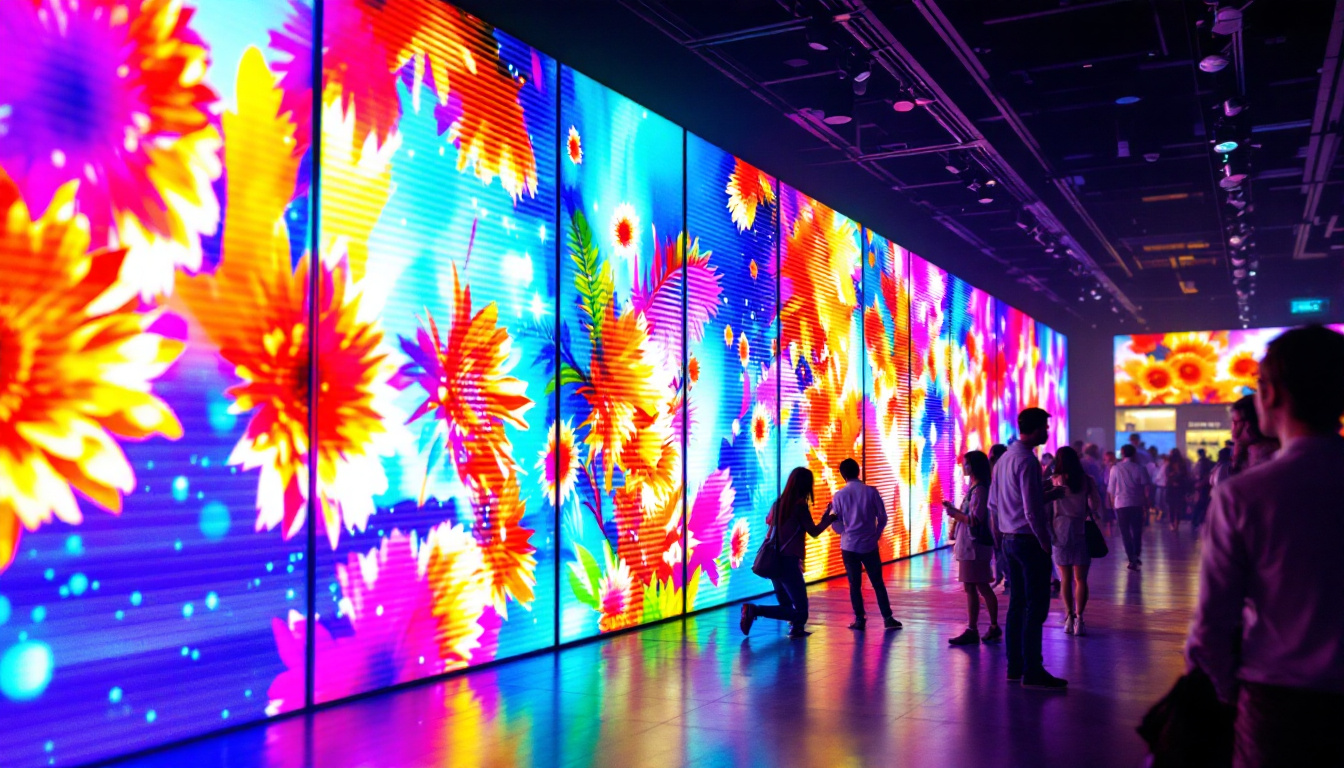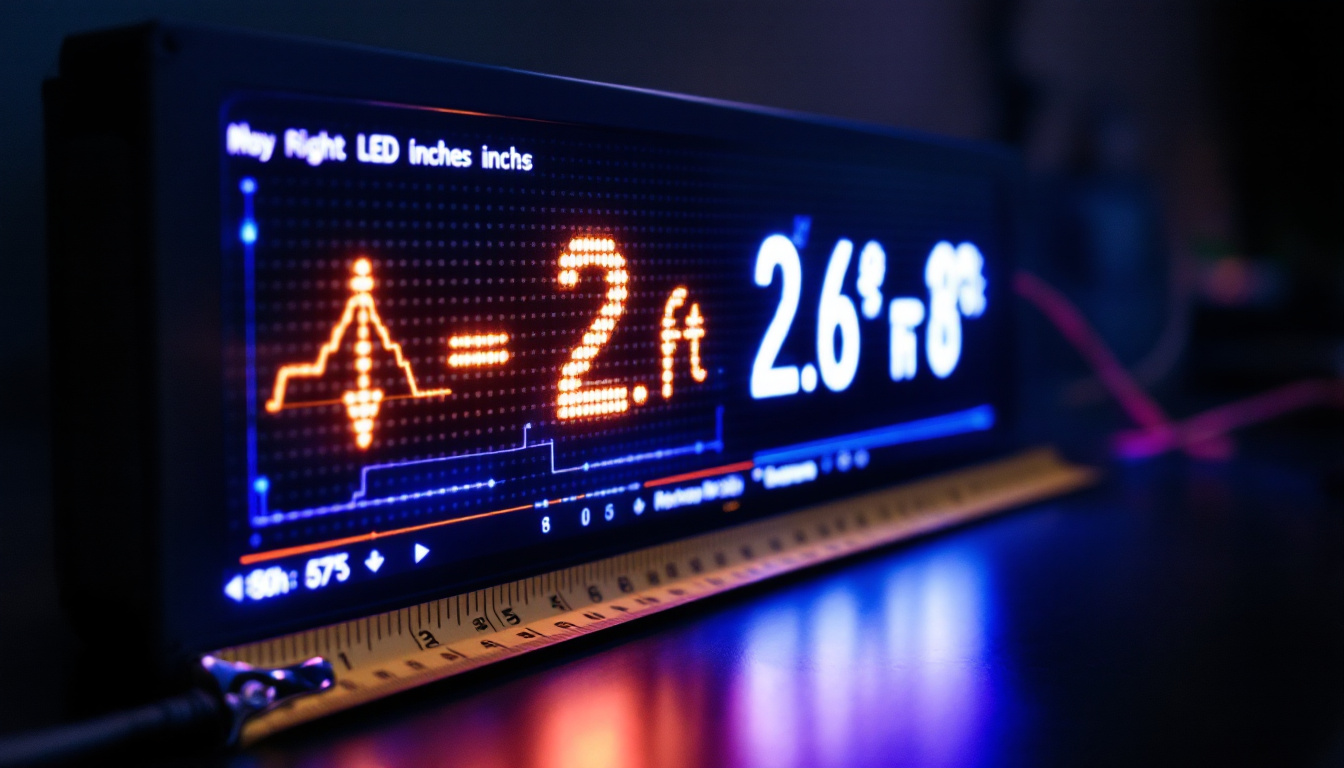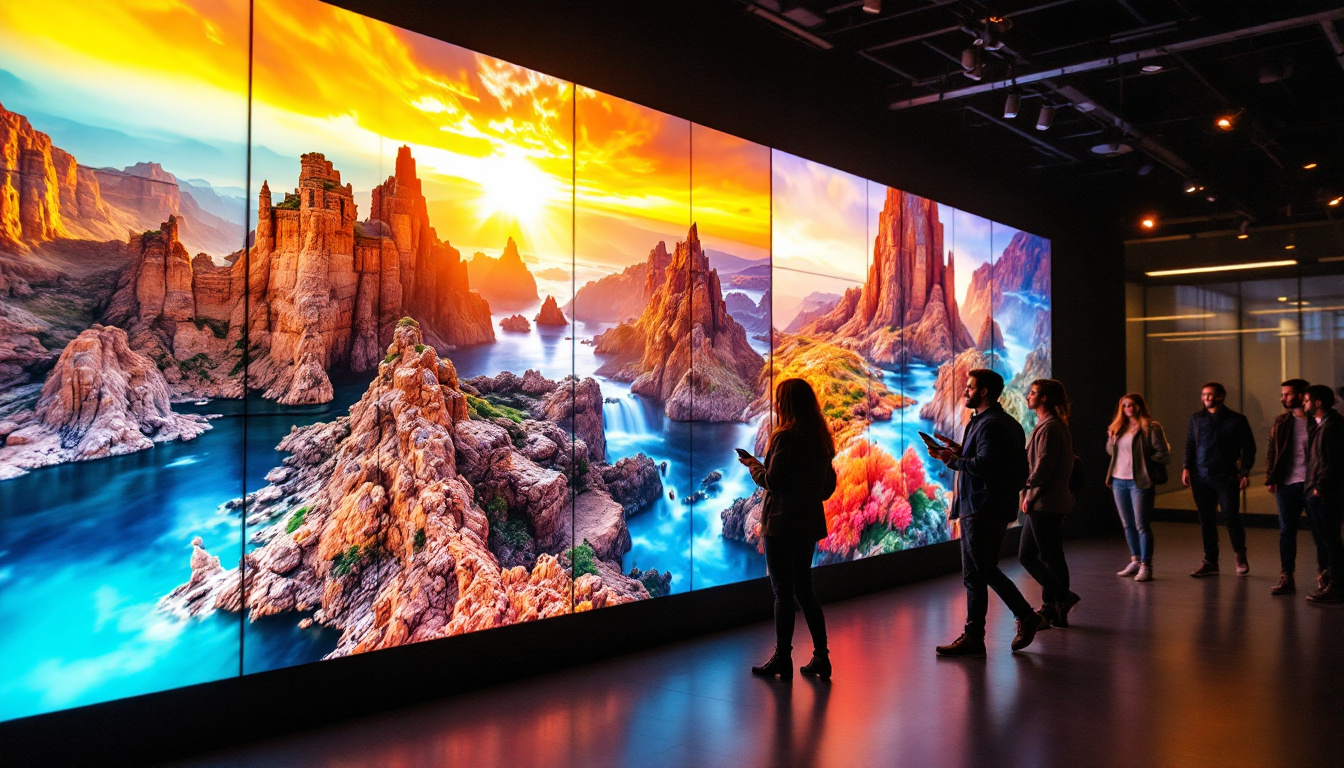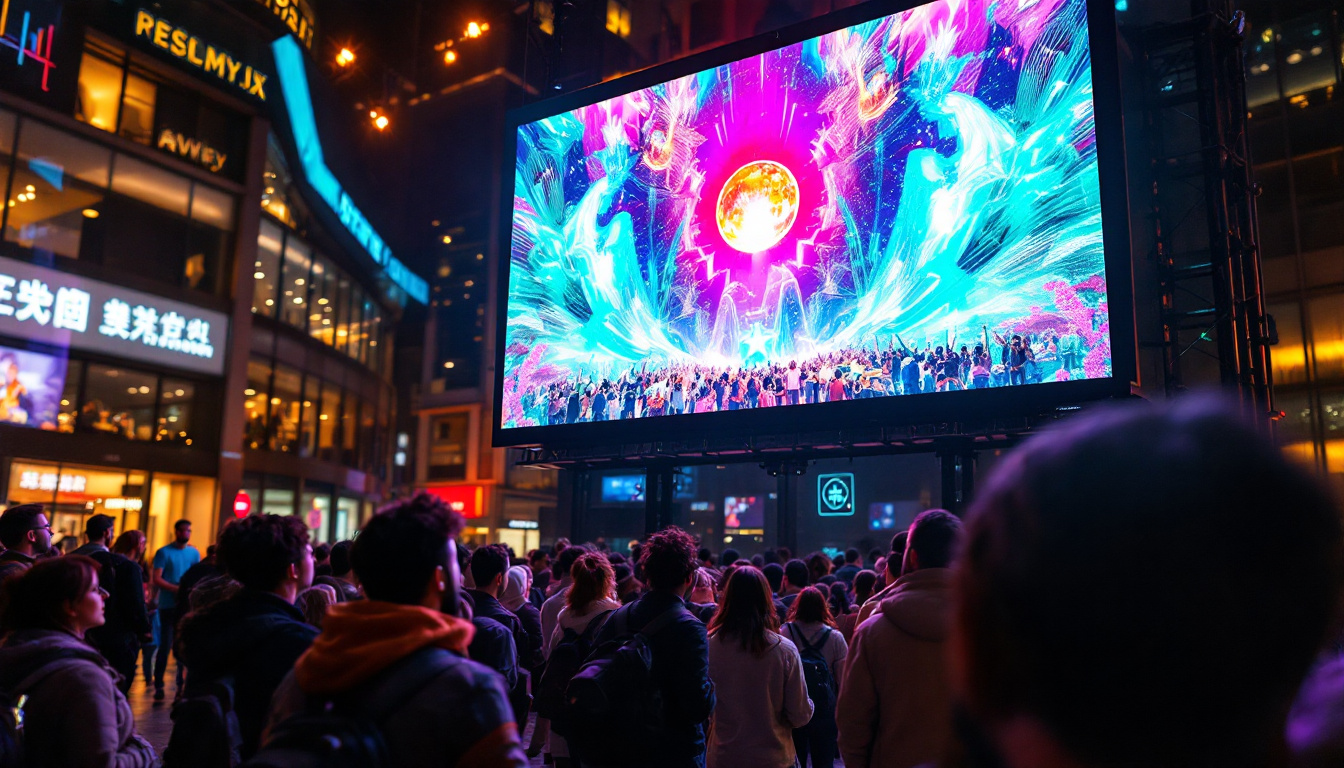In recent years, LED televisions have become a staple in households around the world, offering stunning picture quality and sleek designs. However, the technology behind these displays can often be misunderstood. This article delves into the intricacies of LED displays, the advantages they offer, and how they can be effectively paired with television stands to enhance your viewing experience.
Understanding LED Technology
LED, or Light Emitting Diode, technology has revolutionized the way we experience visual media. Unlike traditional LCD screens that use fluorescent backlighting, LED televisions utilize an array of tiny diodes to produce light, resulting in brighter images, deeper blacks, and a wider color spectrum. This advancement not only enhances the viewing experience but also contributes to energy efficiency, as LED technology consumes less power compared to its predecessors, making it a more environmentally friendly option.
How LED Displays Work
At the core of an LED display is a matrix of diodes that emit light when an electric current passes through them. These diodes can be arranged in various configurations, such as edge-lit or full-array backlighting. Edge-lit models place LEDs along the perimeter of the screen, while full-array models distribute them evenly behind the display, allowing for more precise control over brightness and contrast. This configuration is particularly beneficial for high-definition content, where every detail matters, and viewers can appreciate the nuances of color and shadow.
When combined with advanced technologies like local dimming, LED displays can achieve exceptional picture quality. Local dimming allows certain areas of the screen to dim or brighten independently, enhancing the overall contrast and making dark scenes more immersive. This feature is especially noticeable in cinematic experiences, where the interplay of light and shadow can dramatically affect the mood and tone of a film, drawing viewers deeper into the narrative.
Types of LED Displays
There are several types of LED displays available on the market, each catering to different needs and preferences. The most common types include:
- Standard LED: This is the most basic type, using edge-lit or full-array backlighting to illuminate the screen.
- OLED: Organic Light Emitting Diodes offer superior contrast and color accuracy by allowing each pixel to emit its own light. This means that OLED displays can achieve true blacks, as pixels can be turned off completely, resulting in stunning visuals that are particularly appealing for movie enthusiasts.
- QLED: Quantum Dot LED technology enhances color and brightness by using quantum dots to improve light efficiency. This technology not only boosts the vibrancy of colors but also extends the lifespan of the display, making it a popular choice among consumers who prioritize longevity and performance.
Understanding these different types can help consumers make informed decisions when purchasing a television, ensuring they choose a model that best fits their viewing habits and preferences. Additionally, the choice of display can significantly influence the overall aesthetic of a living space, as many modern LED televisions are designed with sleek, minimalist profiles that complement contemporary home decor. With the rapid advancements in display technology, consumers are also encouraged to stay updated on new features and innovations that continue to enhance the viewing experience, such as smart integration and 4K resolution capabilities.
Advantages of LED Displays
LED displays offer numerous advantages over traditional television technologies, making them a popular choice among consumers. These benefits range from improved picture quality to energy efficiency, contributing to their widespread adoption.
Superior Picture Quality
One of the most significant advantages of LED displays is their superior picture quality. The ability to produce vibrant colors and deep blacks enhances the viewing experience, making movies and shows more engaging. Additionally, LED televisions often feature higher refresh rates, reducing motion blur during fast-paced scenes. This capability is particularly beneficial for sports enthusiasts and gamers, as it allows for smoother transitions and more fluid visuals. Furthermore, many LED displays incorporate advanced technologies such as HDR (High Dynamic Range), which expands the range of colors and contrast, providing a more lifelike image that captivates viewers.
Energy Efficiency
LED technology is inherently more energy-efficient than older display technologies. LED televisions consume less power, which not only reduces electricity bills but also contributes to a smaller carbon footprint. This efficiency is particularly important as consumers become more environmentally conscious. In fact, many LED models are designed with eco-friendly features, such as automatic brightness adjustment based on ambient light, further optimizing energy consumption. As a result, choosing an LED display not only benefits the wallet but also aligns with a sustainable lifestyle, making it a responsible choice for the environmentally aware consumer.
Longevity and Durability
LED displays are known for their longevity. With a lifespan that can exceed 50,000 hours, they outlast traditional televisions significantly. This durability means fewer replacements, making LED televisions a cost-effective choice in the long run. Additionally, the robust nature of LED technology makes these displays less susceptible to screen burn-in, a common issue with older plasma screens. This resilience ensures that users can enjoy their investment for many years without worrying about degradation in performance. Moreover, the lightweight design of LED screens allows for easier installation and mounting, making them a versatile option for various living spaces.
Versatility in Design
Another notable advantage of LED displays is their versatility in design. Available in a wide range of sizes and styles, LED televisions can seamlessly fit into any room decor, from sleek, modern designs to more traditional aesthetics. This adaptability extends to their installation options as well; many LED displays can be wall-mounted, saving valuable floor space and providing a clean, uncluttered look. Additionally, advancements in technology have led to the development of ultra-thin models, which not only enhance the aesthetic appeal but also allow for innovative applications in commercial settings, such as digital signage and advertising. As a result, LED displays are not just limited to home entertainment but are increasingly utilized in various environments, including retail stores, airports, and corporate offices, showcasing their broad applicability and appeal.
Choosing the Right Television Stand
While the television itself is crucial for an optimal viewing experience, the stand it rests on plays an equally important role. A well-chosen television stand not only complements the aesthetics of the room but also enhances functionality and safety.
Factors to Consider
When selecting a television stand, several factors should be taken into account:
- Size: The stand should be appropriately sized for the television. A stand that is too small may not provide adequate support, while one that is too large can overwhelm the space.
- Height: The ideal height allows viewers to watch comfortably without straining their necks. The center of the screen should be at eye level when seated.
- Storage: Consider additional storage options for media devices, gaming consoles, and accessories. Stands with shelves or cabinets can help keep the area organized.
Design and Aesthetics
The design of the television stand should complement the overall decor of the room. Options range from modern minimalist designs to more traditional styles. Materials such as wood, metal, and glass can affect the look and feel of the space, so choosing a stand that aligns with personal taste is essential.
Setting Up Your LED Television
Once the television and stand have been selected, the next step is setting up the LED television for optimal performance. Proper setup can significantly enhance the viewing experience.
Placement and Positioning
Placement is key when it comes to maximizing the benefits of an LED display. The television should be positioned at a distance that allows for comfortable viewing without straining the eyes. Generally, the ideal distance is about 1.5 to 2.5 times the diagonal size of the screen.
Additionally, consider the angle of the television. Ideally, viewers should be seated directly in front of the screen to avoid color distortion and glare. If the room has windows, positioning the television away from direct sunlight can help reduce reflections and improve visibility.
Calibration for Optimal Performance
To ensure the best picture quality, calibration of the television settings is essential. Most LED televisions come with preset modes, such as Standard, Movie, and Vivid. However, for a more tailored experience, users can adjust settings like brightness, contrast, and color saturation to match their preferences.
Many televisions also offer advanced calibration tools that can help fine-tune the display. Utilizing these features can lead to a more enjoyable viewing experience, making the most of the LED technology.
Maintaining Your LED Television
To prolong the lifespan and maintain the performance of an LED television, regular maintenance is necessary. Simple practices can help keep the display in top condition.
Cleaning the Screen
Dust and fingerprints can accumulate on the screen, affecting picture quality. To clean the display, use a microfiber cloth and a gentle screen cleaner designed for electronics. Avoid using paper towels or harsh chemicals, as they can damage the screen.
Updating Software
Many modern LED televisions come with smart features that require regular software updates. Keeping the television’s software up to date ensures access to the latest features and improvements. Most TVs will notify users when an update is available, making it easy to stay current.
Conclusion
LED televisions have transformed the way people enjoy visual media, offering superior picture quality, energy efficiency, and longevity. Coupled with the right television stand, they can enhance both the aesthetics and functionality of any living space. By understanding the technology behind LED displays and making informed choices about setup and maintenance, consumers can fully enjoy the benefits of this advanced technology.
As the market continues to evolve, staying informed about the latest advancements in LED technology will ensure that viewers can make the best choices for their home entertainment systems. With the right knowledge and tools, the viewing experience can be taken to new heights.
Discover the Future of Visual Experience with LumenMatrix
Embrace the full potential of LED technology with LumenMatrix, a pioneer in crafting immersive LED display solutions tailored to your needs. From enhancing your home entertainment to revolutionizing your business’s brand visibility, our extensive range of products, including Indoor and Outdoor LED Wall Displays, Vehicle LED Displays, and more, are designed to create unparalleled visual experiences. Elevate your space and captivate your audience with our innovative displays. Ready to transform your viewing experience? Check out LumenMatrix LED Display Solutions today and see the difference for yourself.

